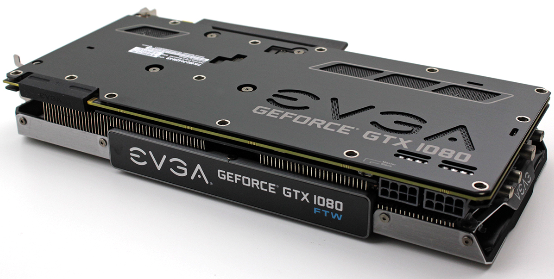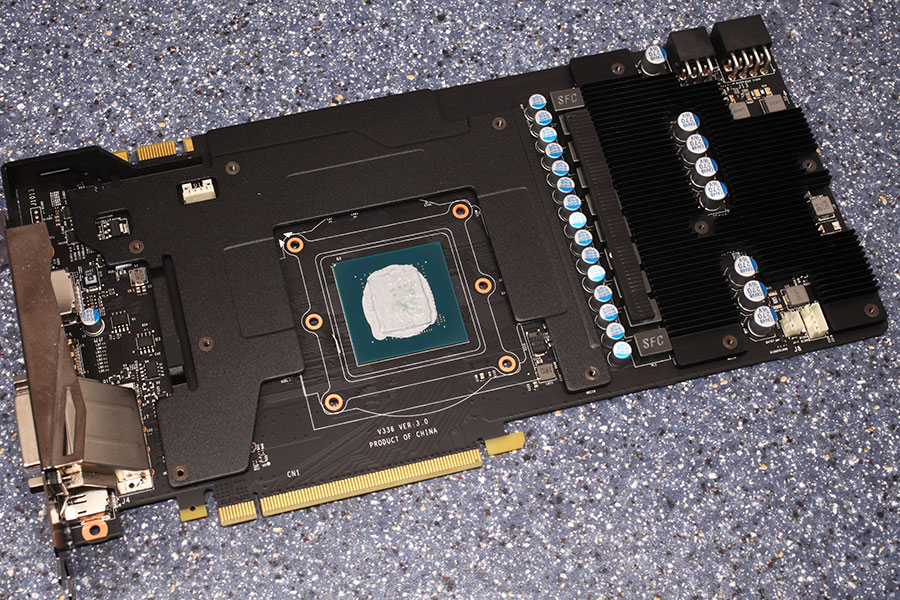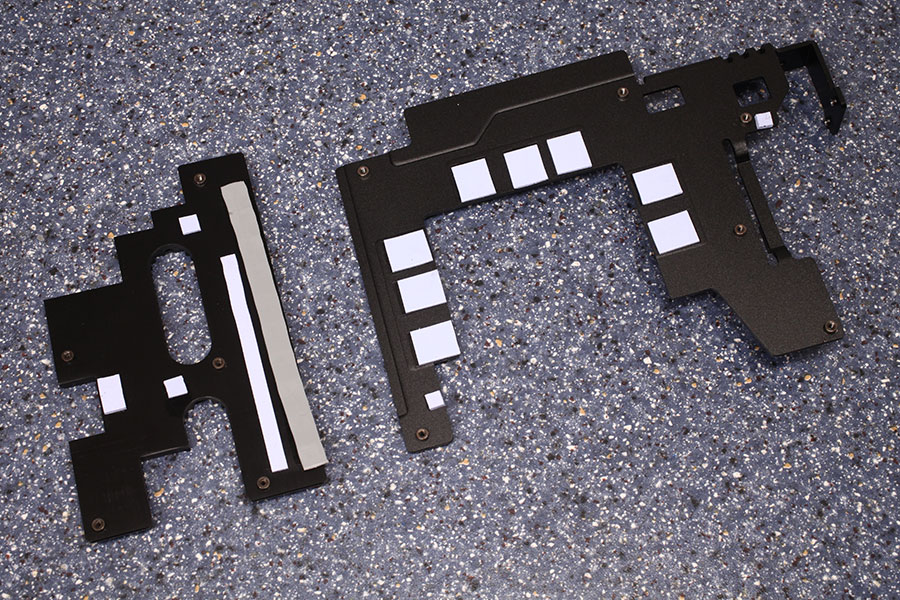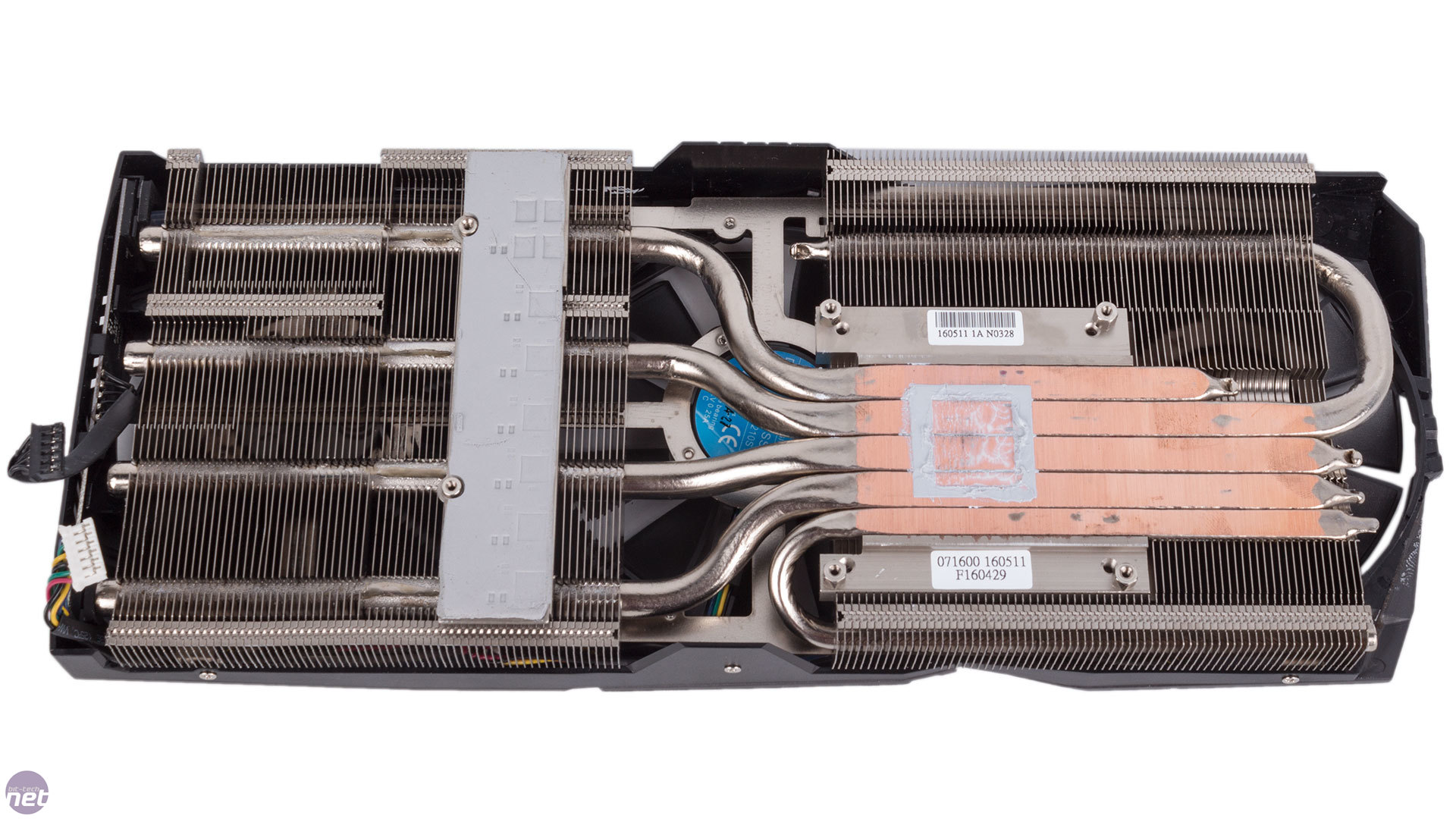Armenius
Extremely [H]
- Joined
- Jan 28, 2014
- Messages
- 42,054
Right, but the proximity of the VRAM to the MOSFETs is causing the temperature of the former to go higher from exposure. It is possible for the VRAM to exceed the 95C maximum if the VRM has a >10C delta for extended periods of time.Micron is memory, not VRM. And they would simply make artifacts long before dying.
![[H]ard|Forum](/styles/hardforum/xenforo/logo_dark.png)



_PCB.jpg)




